What and how to feed the finch?
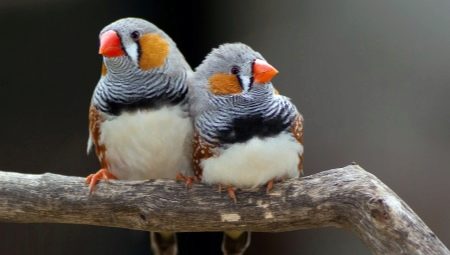
The health, mood and ability to reproduce successfully in finches primarily depends on a balanced diet. The diet of poultry should be varied. It is important that the menu is pleasant to the pet itself, and also contains vitamins, minerals and other useful substances. Therefore, top dressing is also allowed. To keep the bird always cheerful and active, read more information on feeding it.
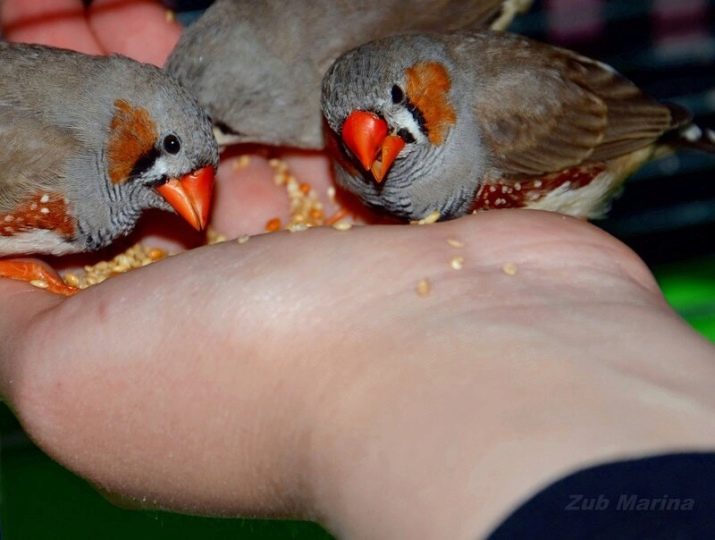
Basic feeding rules
The rate of the daily amount of feed depends on its type. Usually these rules are presented in the form of a table and look like this:
- the proportion of millet should be 65% of the total diet, and during mating and feeding chicks - 60% and 55%, respectively;
- canary seed in any period of the finch's life can make up no more than 15% of the total diet;
- the recommended proportion of oatmeal is 5%; during the feeding period, the amount can be increased to 10%;
- it is useful to include seeds of wild plants in the diet of poultry, 10% is enough, but during mating or feeding the young, it is allowed to increase the proportion to 15%.

Ideally, the above recommendations should be followed, but, alas, not every owner is ready to measure the percentages. But the general rules of feeding are available to every owner:
- the daily grain rate is 1.5 tsp. for poultry, feeding should be done in the morning;
- a soft mixture should be offered to the finch 1-2 times a week, but when chicks appear, fresh food should be in the feeder daily in the amount of 1-2 tsp;
- to enrich the bird's body with vitamins and fiber, treat it with sprouted grains, but make sure that it is in a separate container and does not sour;
- offer live food as a source of protein: meal worms, maggots, bloodworms, especially such a diet is important during nesting and caring for chicks.
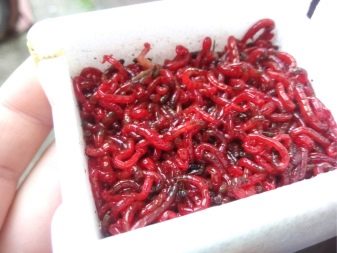
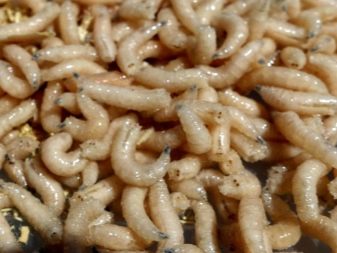
Deserve special attention special vitamin complexes, which have a beneficial effect on health, development, appearance and reproduction of the finch. It is more convenient to purchase vitamins in liquid form, then they are simply dissolved in water, which is poured into a drinking bowl.
Powdered vitamins can be added to feed, but in this case, many birds refuse to eat, especially if the grain mixture is covered with powder.
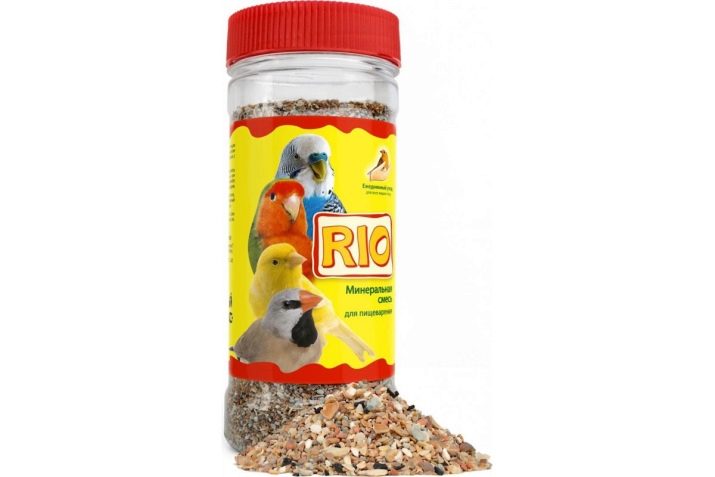
You can try adding vitamin supplements to soft foods - then the likelihood that the substances will enter the body of the bird will increase. Mineral stone and sepia are also used for feeding amadins; they are a source of calcium.
Before buying ready-made pet food, carefully study the instructions and composition. In case of changing feed, carefully monitor the condition of the bird. See if the finch likes the new menu. If lethargy, passivity or other changes in behavior are noticed, then be sure to change the proposed food, perhaps this composition is not suitable for a particular bird. If the bird's unhealthy condition continues, it is better to show it to the veterinarian, maybe its illness is not related to a change in diet.
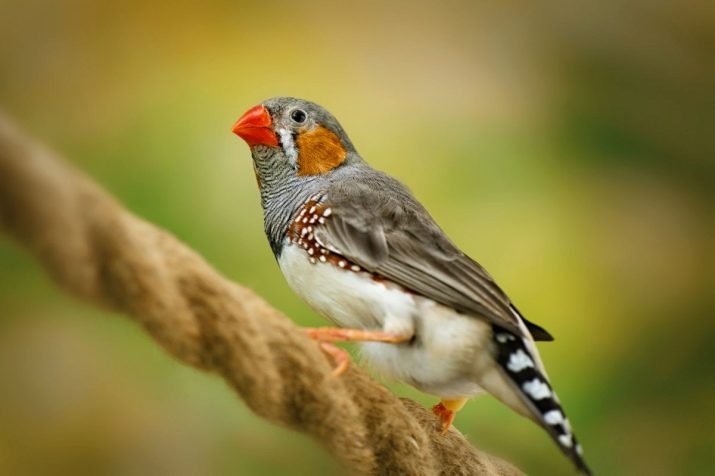
Separately, it should be said about water. It is important to keep the drinker clean. Fresh water should be poured every morning and checked throughout the day for food and other debris. If foreign particles are found, the drinker must be rinsed and refilled with new water. Tap water is unacceptable for the finch's body; in extreme cases, it is allowed to use settled water. The best option is bottled water; in its absence, boiled water will do.

What kind of food do they eat?
In their natural environment, finches prefer to eat greens, fruits, seeds, small animals. In order not to feel a deficiency of any substances, at home, the bird needs to be fed with food, as close to natural as possible. The main products for feeding these pets have already been named above, we will dwell on them in more detail.
Grain mix
Most often, such food is available at a pet store or in sales departments at veterinary clinics. This is the simplest and most common type of feeding, because the owner does not need to wash, cut, or interfere with anything, just pour the recommended portion into the feeder. High-quality ready-made feed should consist of 60% millet. For finches, it is best not to purchase all-purpose poultry food. If there is no special composition for this species of birds, then give preference to products for exotic birds.
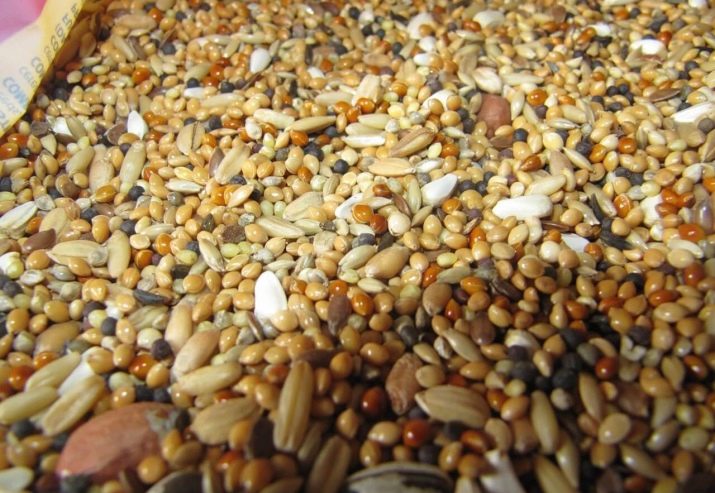
Ideally, the finished grain mixture should not contain millet, as this product quickly deteriorates and negatively affects the health of the digestive system of the finches. Millet is allowed to these birds as a mash.
You can form the finished mixture yourself. To do this, canary grain, oatmeal, flaxseed, rapeseed, lettuce, mogara, hemp seeds and meadow grasses are added to the base of red millet.
If the above daily allowance (1.5 tsp) turns out to be excessive or insufficient for a particular individual, as can be judged by the remains of feed in the feeder, then the amount of the daily grain mixture can be adjusted.
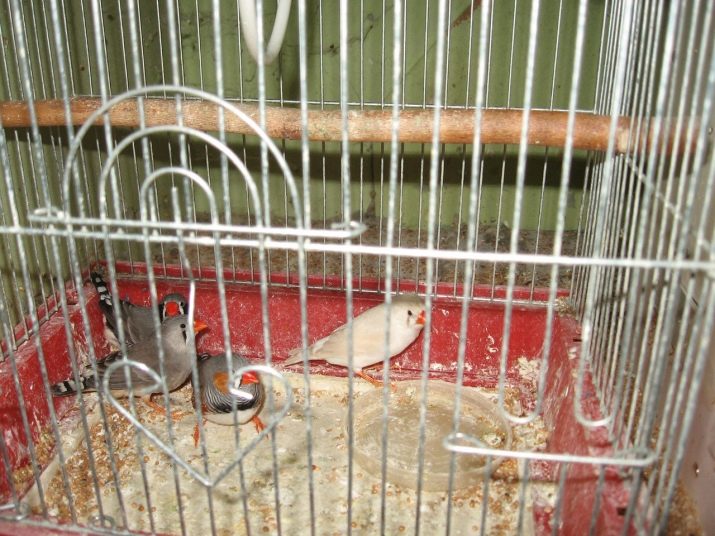
Sprouted grain
The richness of vitamins and minerals makes sprouted grains a popular form of bird feeding. If the bird has not finished eating the grain mixture, then its remains can germinate. In this form, the presented product can be offered to the finch 1-2 times a week. Some owners use sprouted seed for a different feeding pattern: for two weeks they feed them a finch, and then take a month's break.
Before offering this treat to your pet, it is important to make sure it hasn't sour.To avoid this process, it is recommended to rinse the grain before germination.
Some owners make it even easier: they put a container with soil in the cage, where the seeds germinate. The birds themselves begin to eat the hatched sprouts. Keep in mind that with this method of feeding, the land must be brought from the garden, as purchased soil may contain harmful additives that, if ingested, will harm the bird's health.
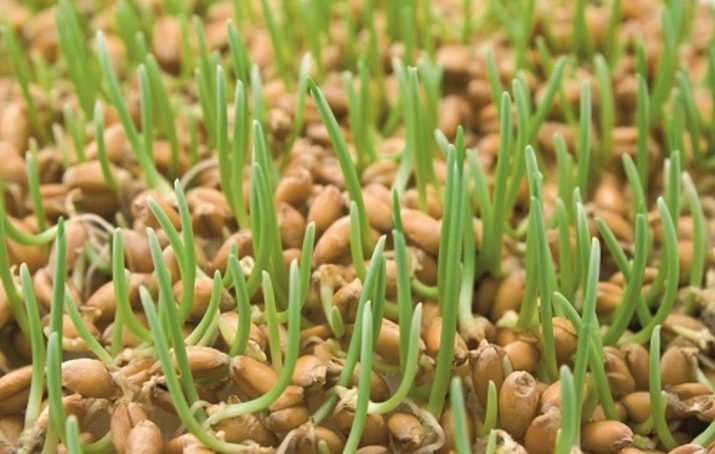
Mash
Soft food and mash can include boiled eggs, grated vegetables, cereals. For example, you can boil crushed corn, mix it with skimmed yogurt and leave it in the freezer. This type of food can be offered to your pet if needed. Also, soft mixtures can be created from mashed carrots and apples, chopped beet tops, cottage cheese, crushed shells.
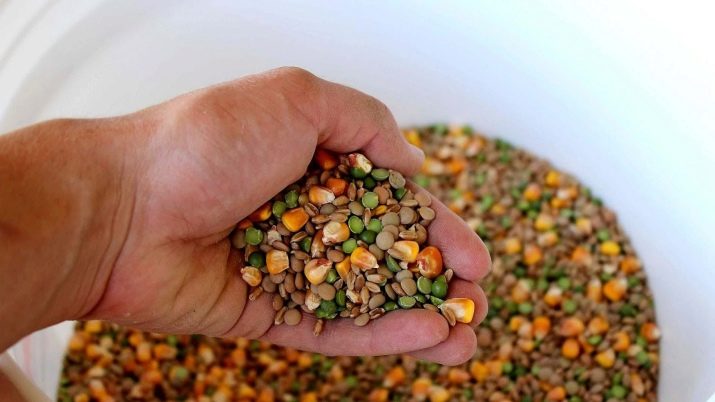
Vegetable feed
This category includes greens, fruits, vegetables. Usually poultry are very fond of the presented type of feed, because it is he who makes up their main diet in the natural environment.... Introducing the finch with vegetables when keeping the house is recommended using cucumbers. This vegetable is chopped into circles and offered to the feathered pet. Usually birds prefer to peck the central flesh out of the cucumber. The following complementary foods can be carrots and apples, gradually you can move on to bananas, cabbage, pumpkin crops.
Herbal greens have a positive effect on the development and health of birds. In addition, the owners like that this type of complementary feed is always widely available, especially in summer.
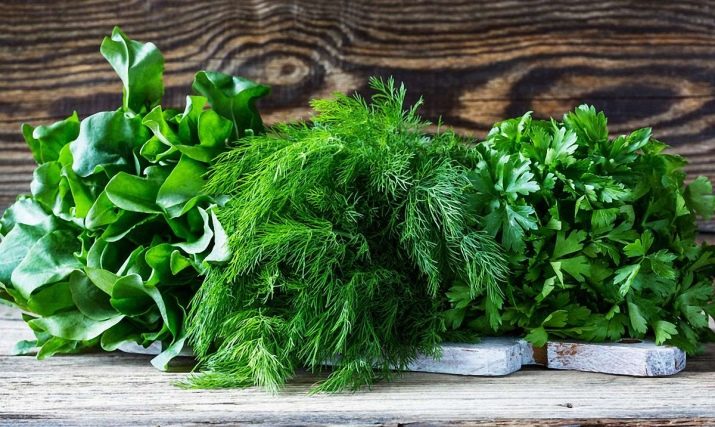
Medicinal for finches are considered plantain leaves, dandelion leaves, clover, beet tops.
If the plants are harvested from the street, then choose specimens that grow as far from the road as possible. It is better to collect greens in general not in the city, but at their summer cottage. Examine leaves closely for insects and diseases and rinse thoroughly before serving. In winter, indoor plants are also suitable as greenery, for example, hibiscus, begonia, chlorophytum.
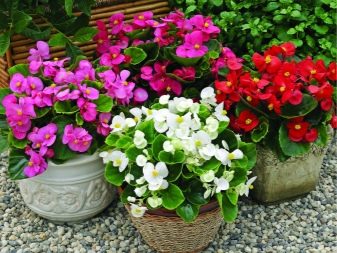
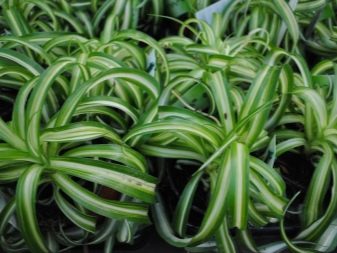
Animal feed
Feeding live insects has a beneficial effect on the condition of birds. As this type of feed, you can use small worms, larvae. Feeding with food of animal origin is of particular importance during the breeding and rearing period. For regular consumption, the finch has enough flying insects. In the summer you can catch them on your own, and in the winter a live "delicacy" is bought at a pet store.
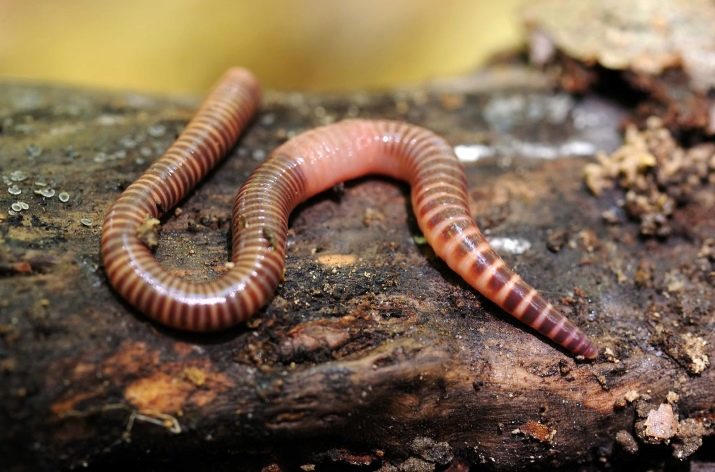
Mineral dressing
These supplements are sold in pet food stores. Most often, such feeding includes sand, gravel, shell rock. For the full functioning of the digestive tract, all these components must be finely crushed.
It is allowed to replace ready-made mineral supplements with independent recipes.
For example, you can finely grind eggshell or offer the bird a regular pure chalk.
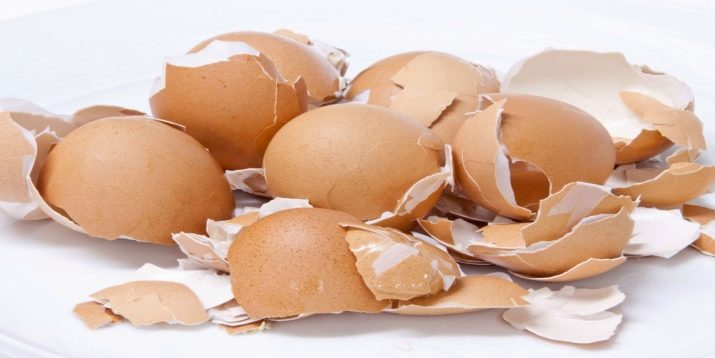
Feeding finches with chicks
During the incubation of eggs, the female leaves the nest only for food intake, at this moment the male replaces her. This period is certainly characterized by a loss of strength of the expectant mother, and it is important to maintain her health with the help of a special approach to feeding. So, the menu must include live food. Also, with pleasure at this time, the females will feast on fruits and herbs, so stock up nettles, plantain, dandelions, carrots, apples.

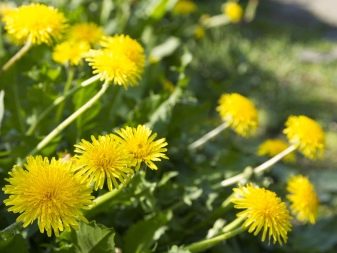
When feeding hatched chicks, the need for calcium increases in finches. In this case, they will come to the rescue ready-made special additives, crushed eggshell or chalk. Good sources of calcium are also cottage cheese, egg yolk, boiled minced meat... Live food is again becoming an important part of the diet: daily feeding female needs 6-10 mealworms.
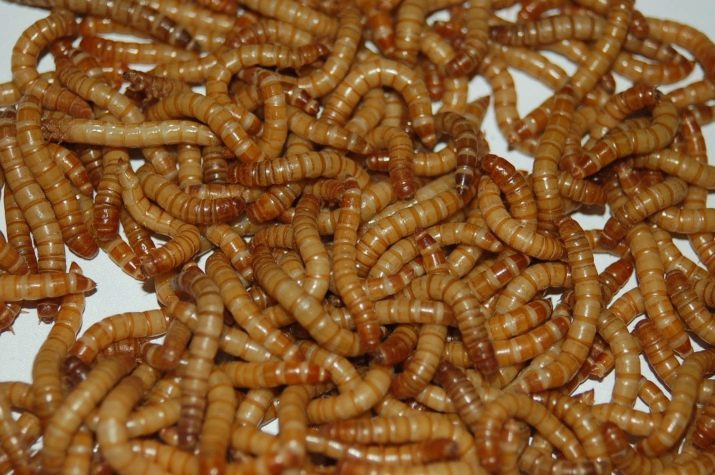
What shouldn't be given?
To avoid mistakes in feeding finches, read the list of foods prohibited for these birds.
- Avocado, papaya, mango, persimmon. The composition of these fruits contains toxic components that can lead to serious problems with the stomach of the finch up to poisoning.
- Onions, garlic, parsley, dill. The essential oils contained in these products are also harmful to the digestive system of birds.
- All-purpose bird food or parrot mix... Amadins will only use food specially designed for this type of bird, or products for exotic birds. Food for parrots can provoke vitamin deficiency, exhaustion, passive behavior of the finch.
- Human food. Any kind of food on the human table can cause indigestion, obesity, diabetes, or poisoning for your feathered pet.
About what is the diet of finches, see below.







